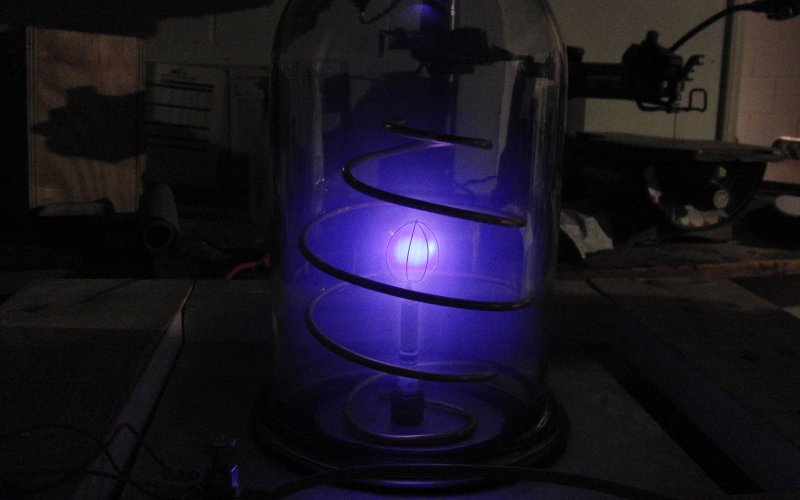If I have a brilliant idea and build a device in my garage that could achieve fusion, how will I know I’ve really succeeded?
It depends on what kind of fusion reaction you are trying to achieve in your garage device. If deuterium-tritium fusion is your goal, get a quality neutron detector and a long cable to run from the detector in the garage to your computer. Deuterium-tritium fusion generates very strong neutron fluxes. One successful fusion of deuterium with tritium produces one neutron. If you can get 1 gram of DT mixture to fuse, about 3 × 1023 of those neutrons will be produced. Therefore, there must be good shielding or sufficient distance between you and your experiment. Moreover, 340 MJ of energy is released, which corresponds to the explosion of 75 kg of TNT. In addition to the neutron detector, you therefore need a garage large enough and strong enough to withstand your experiments or to fuse a significantly smaller amount of fuel. If you decide to go for aneutronic fusion, for example proton-boron fusion, you won’t get neutrons, so the experiment will be a bit safer. One of the products of such a reaction will be helium, which is also easily detected. An example of “garage fusion” is a fusor that works on the principle of electrostatic confinement. It consists of spherical electrodes immersed in each other. Ions accelerated at the outer anode are directed towards the inner cathode, but because the inner cathode is shaped like a wire mesh, the ions fly through it to the centre of the device where they can meet their counterparts and fuse. This device is built by professional institutions, either for the purpose of fusion research or the production of strong neutron fluxes, but it is the relatively simple construction of the fusor that attracts amateur enthusiasts as well. Several teenagers have already built a fusor “in the garage”, of which the record for the youngest constructor of a functional fusor is probably held by Jamie Edwards, who made atoms fuse at the age of 13.
Want to ask something?
Send us an e-mail with the subject “Physics mysteries” to the address:
We can't wait to tackle your interesting questions!





